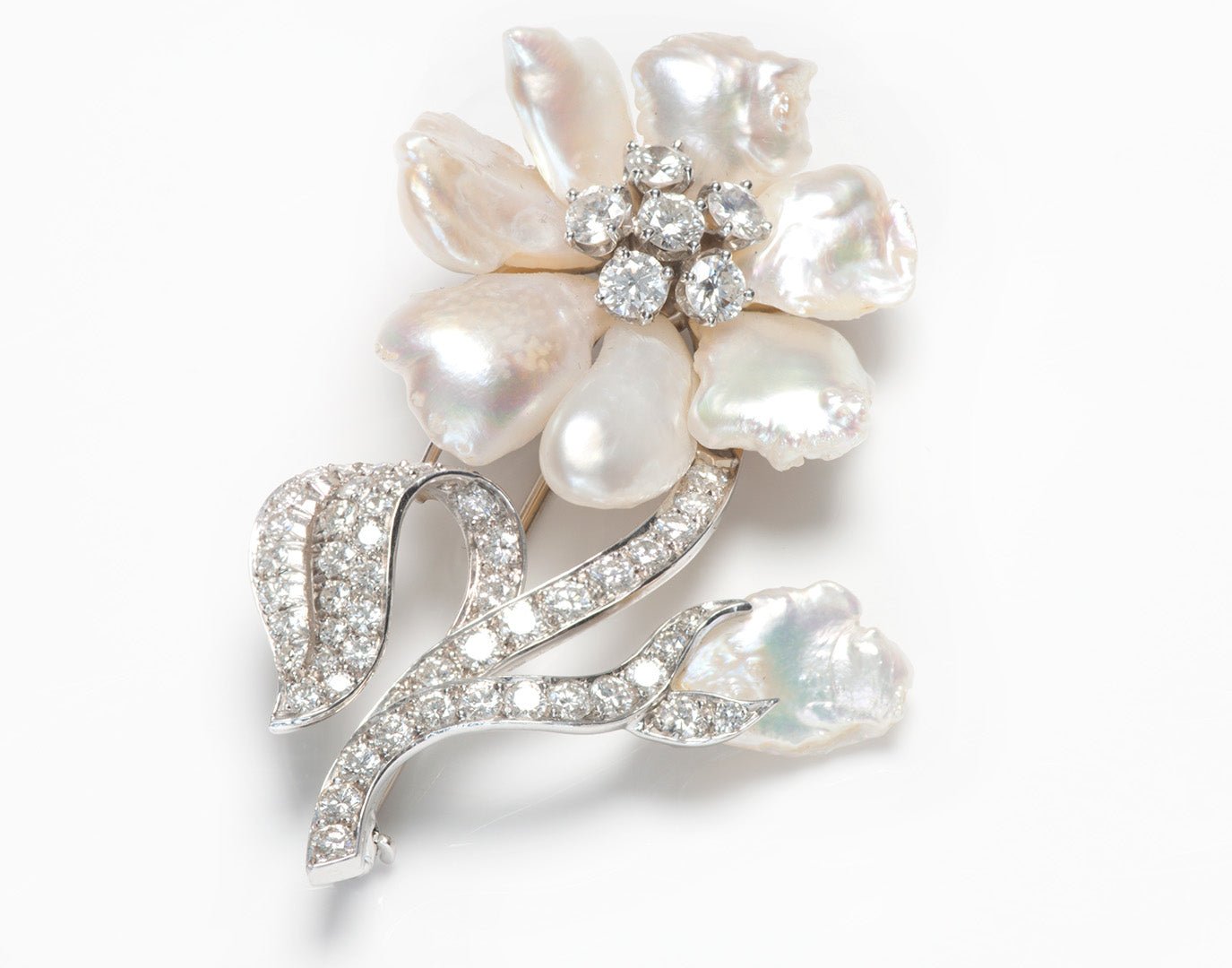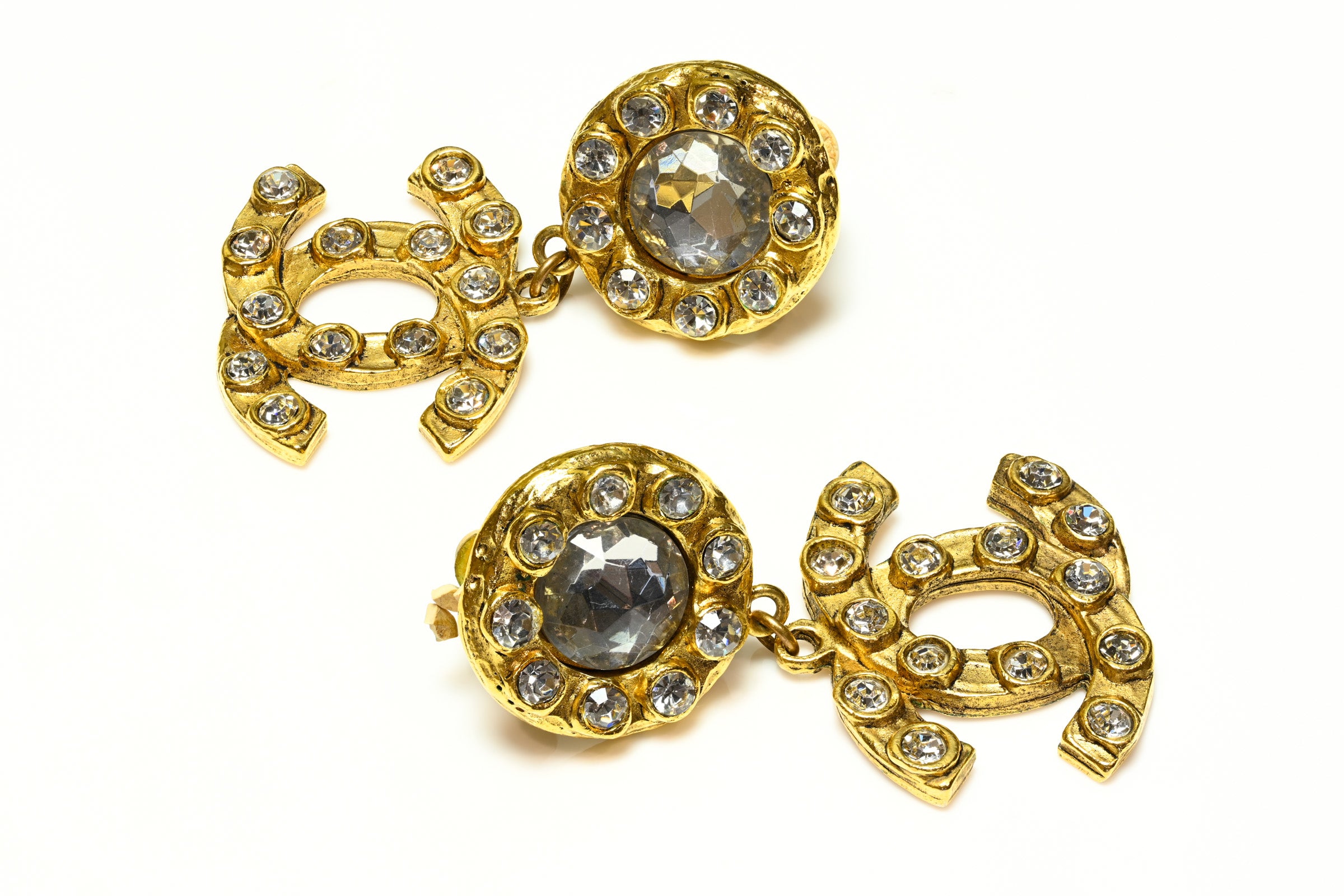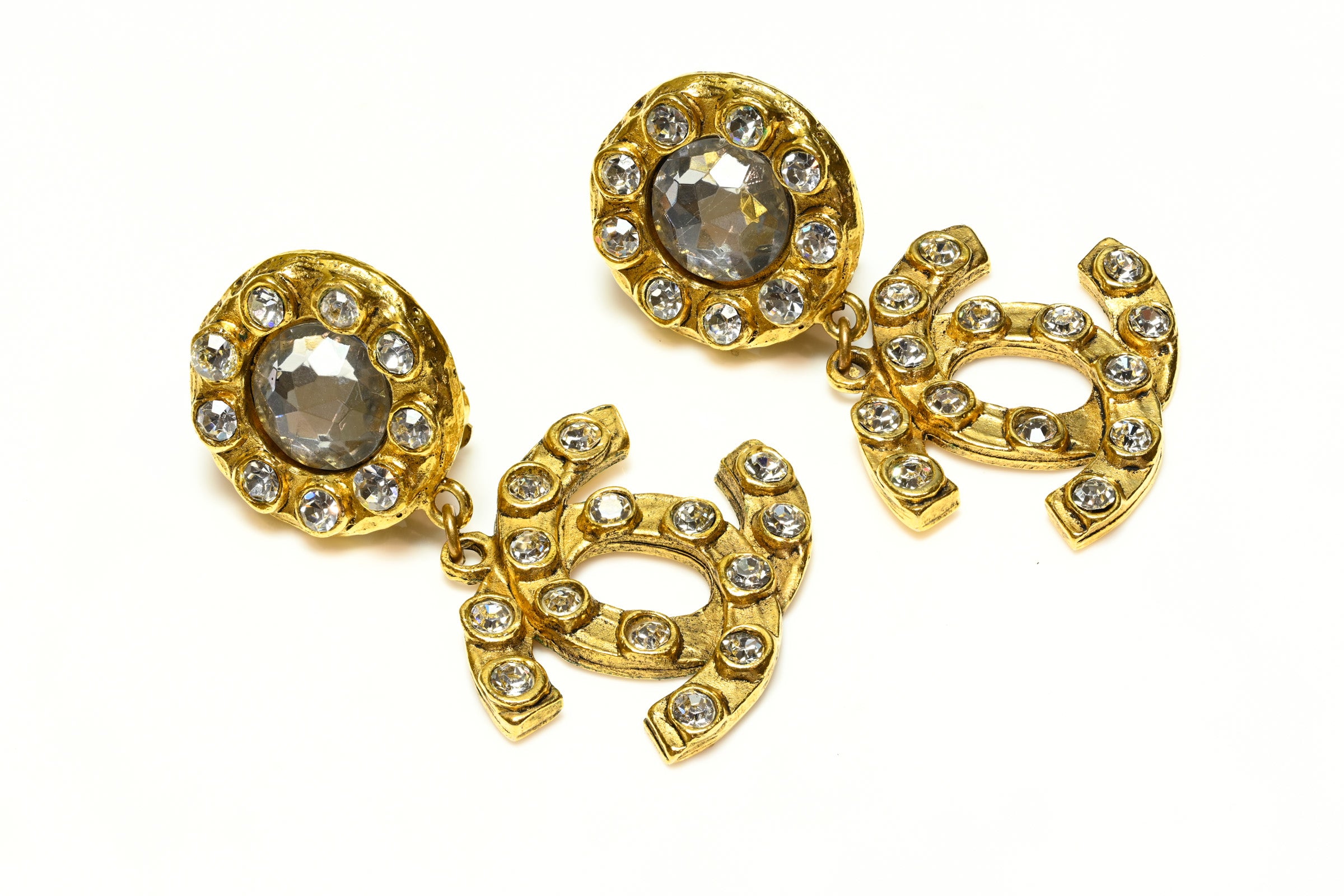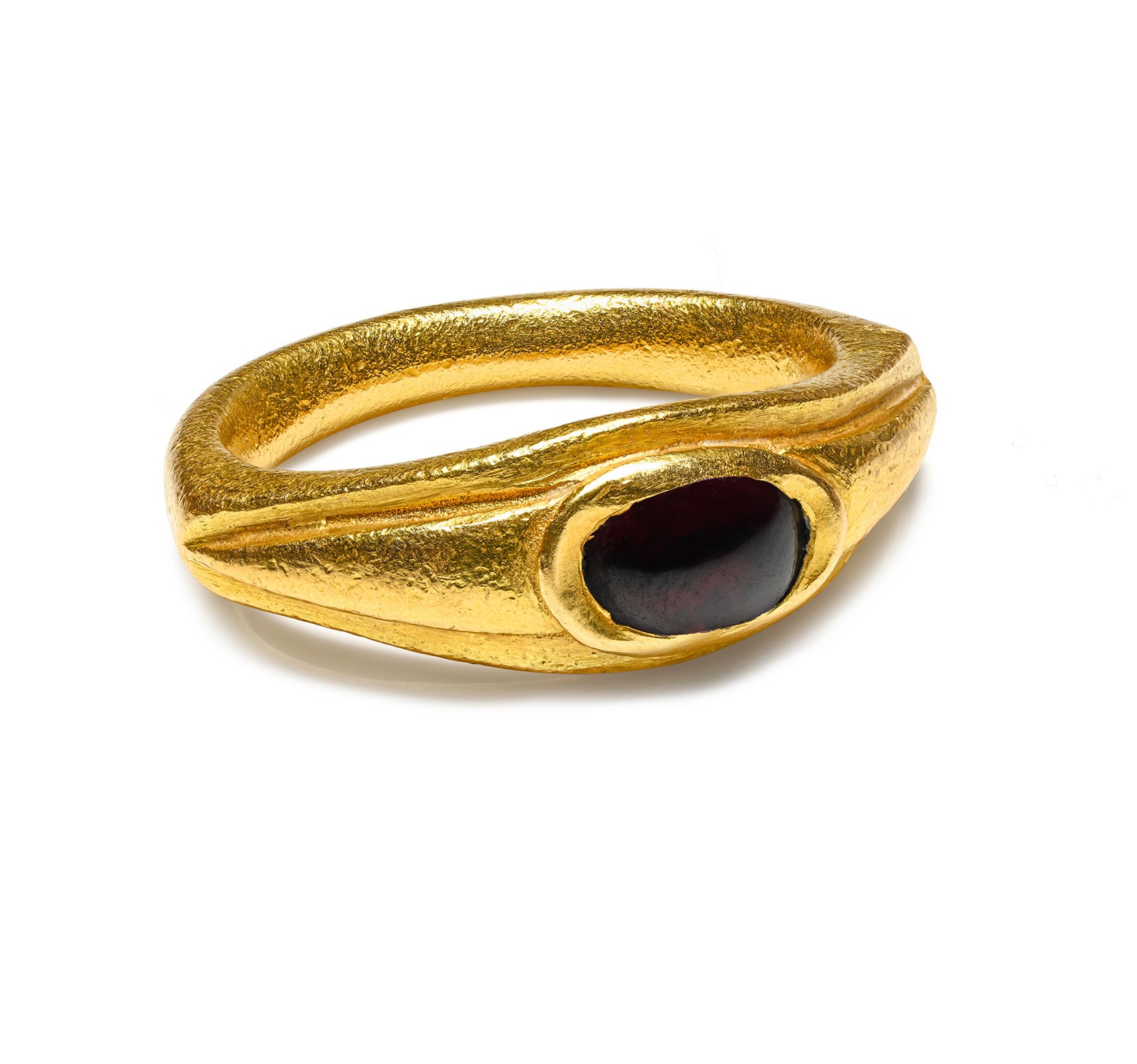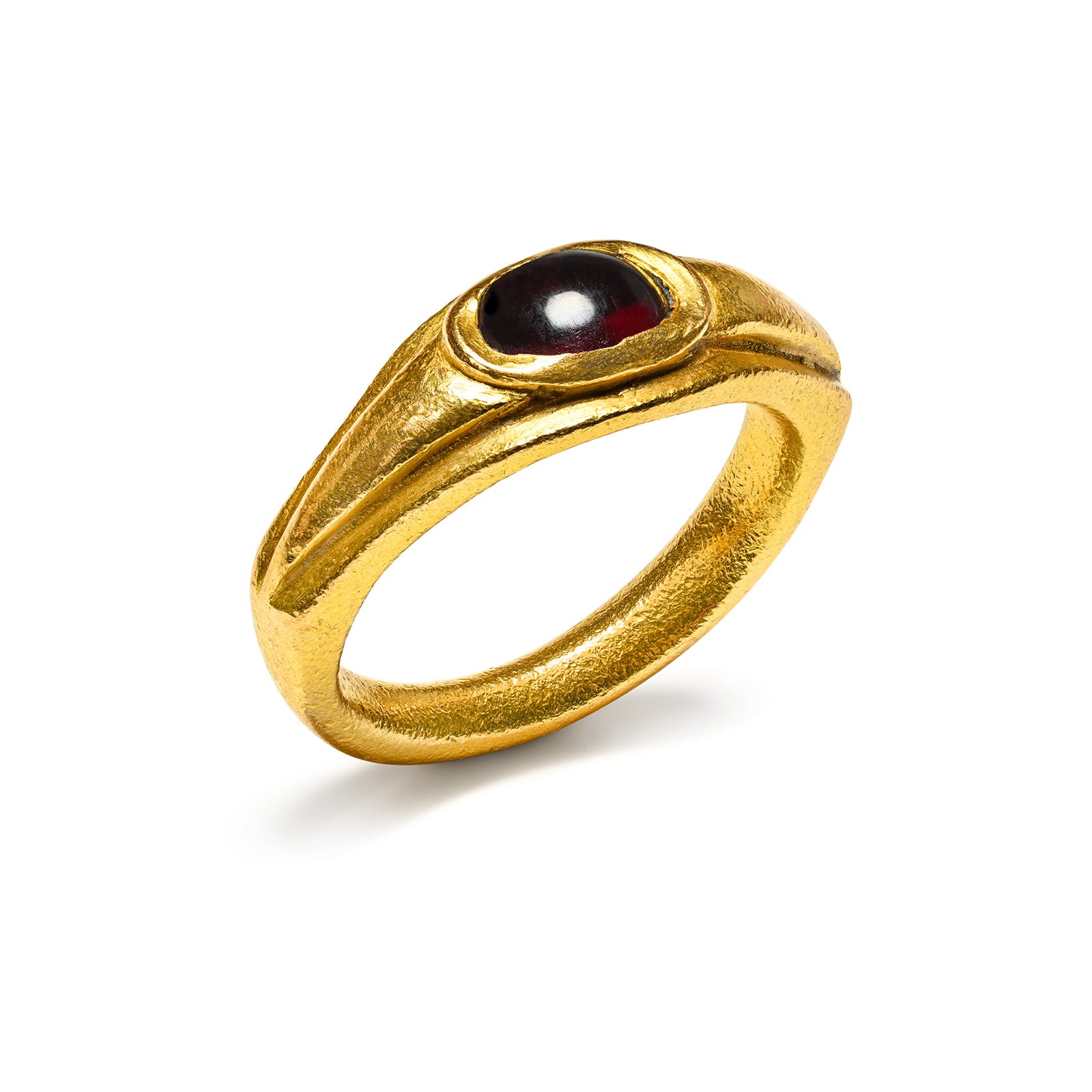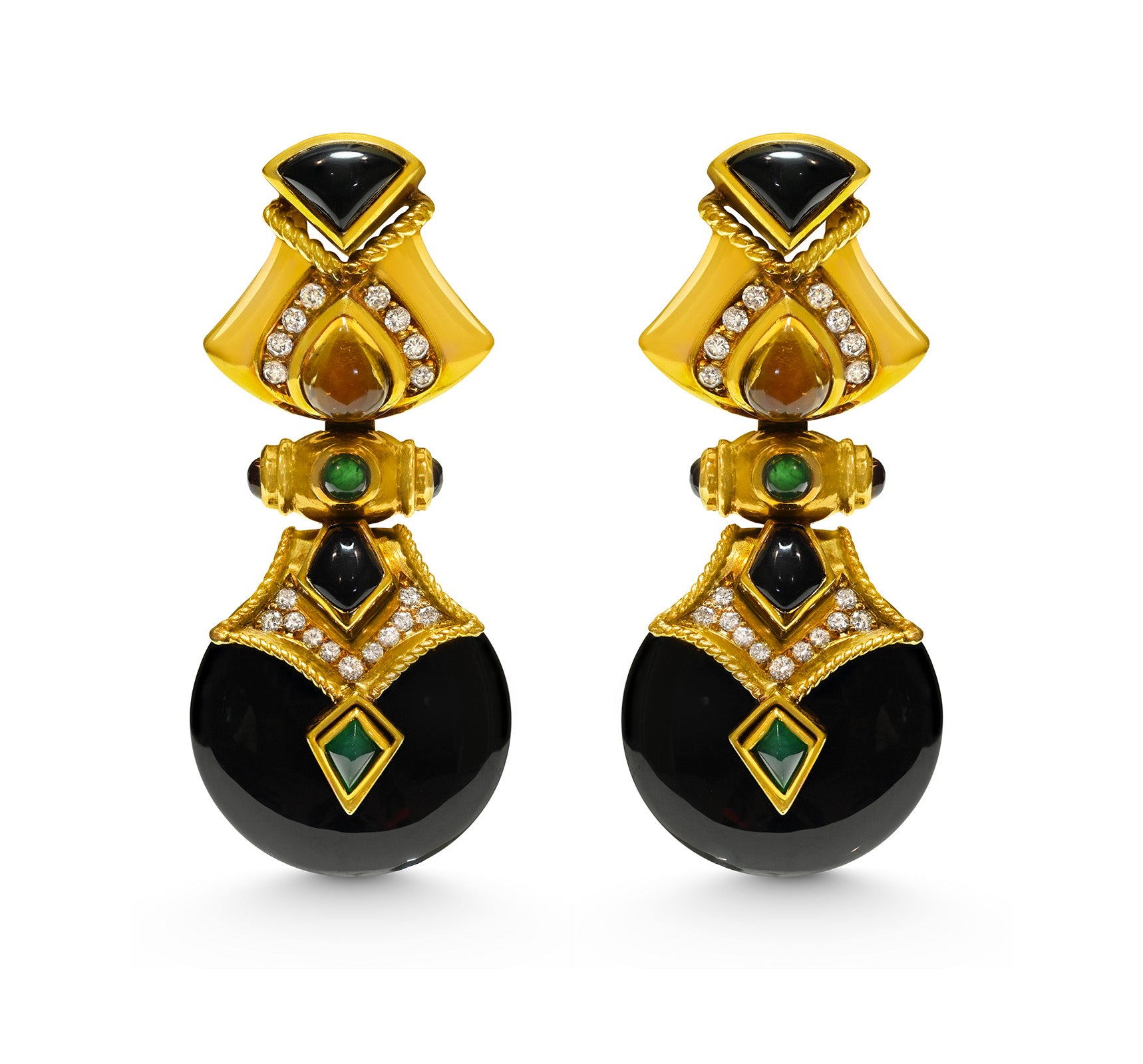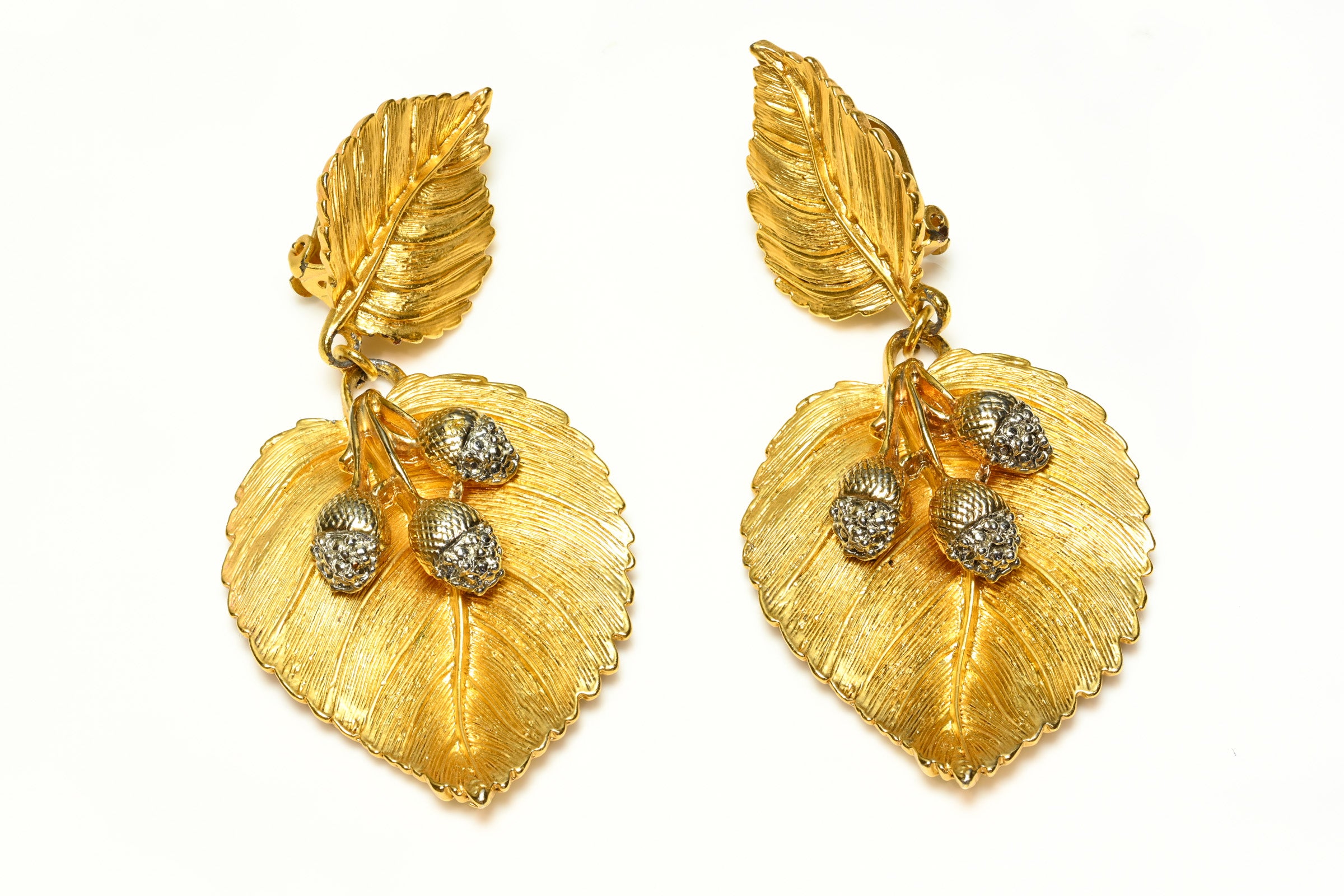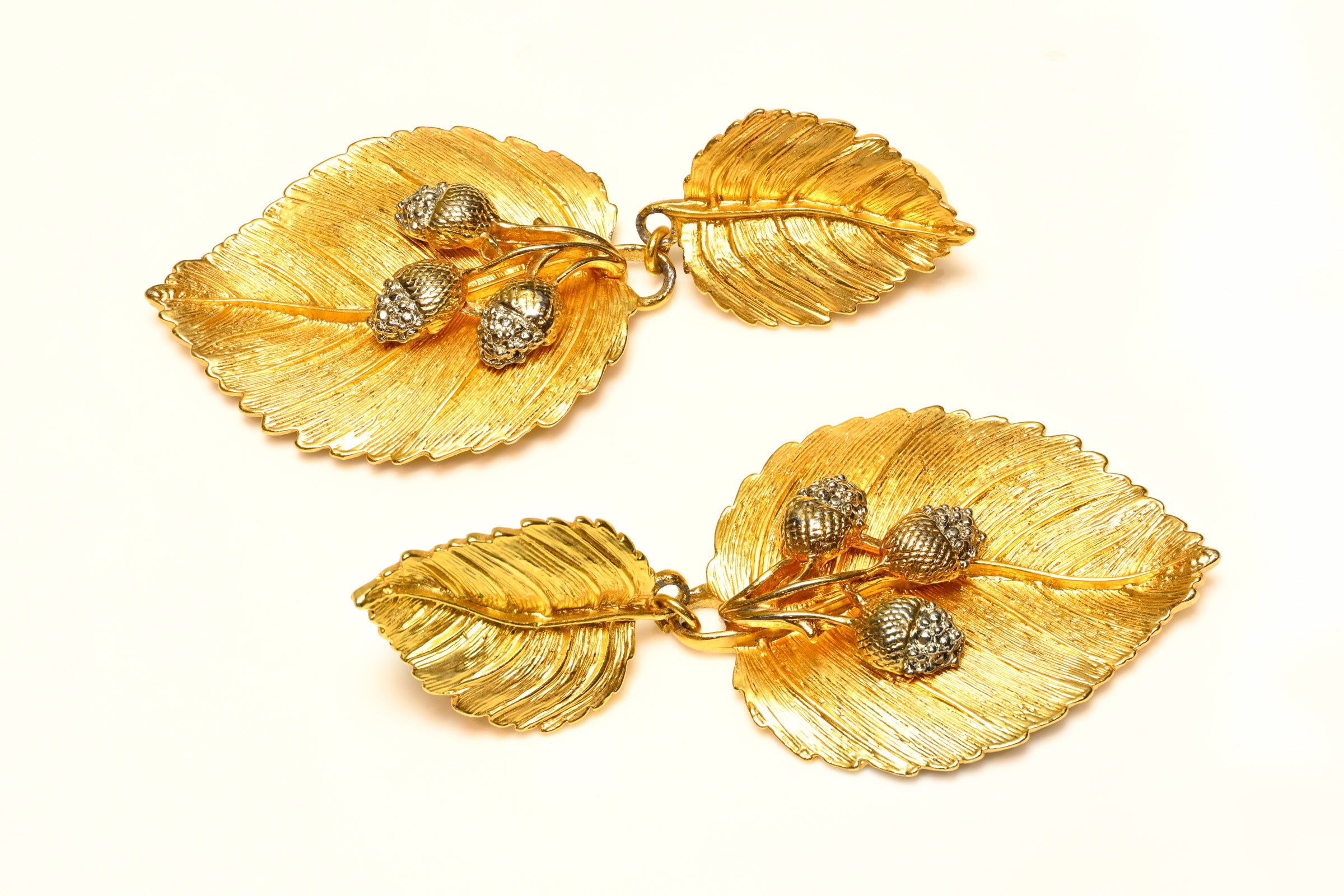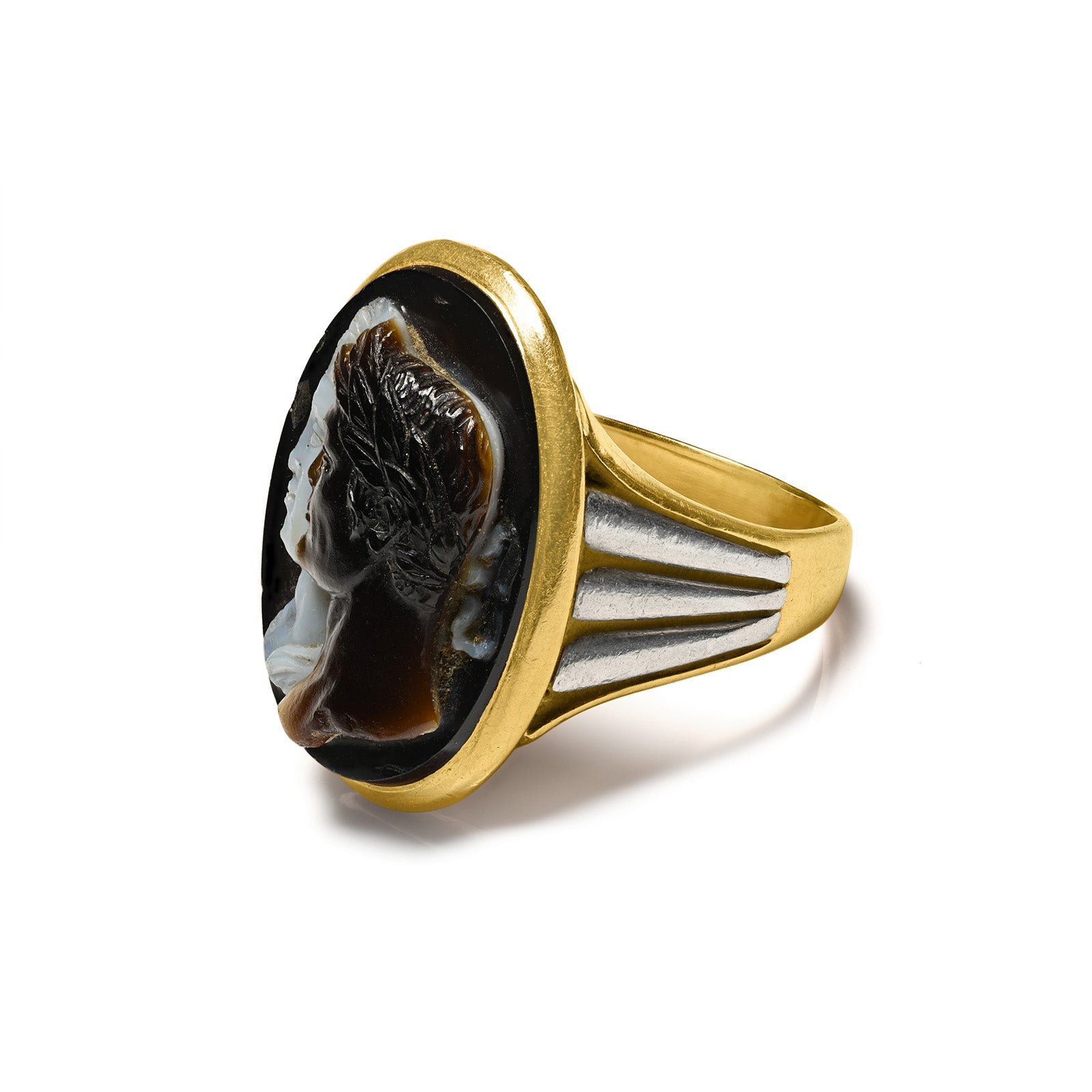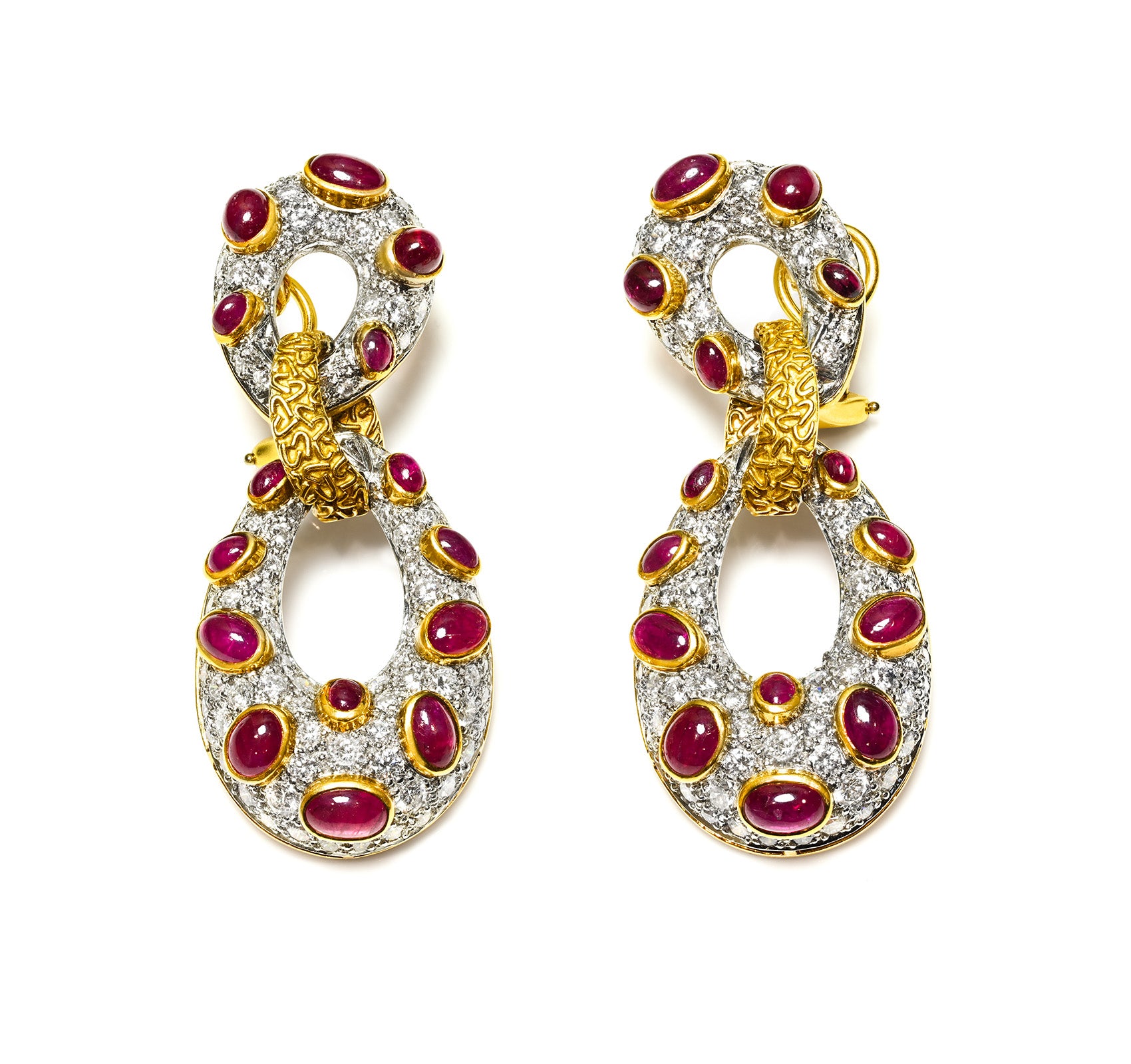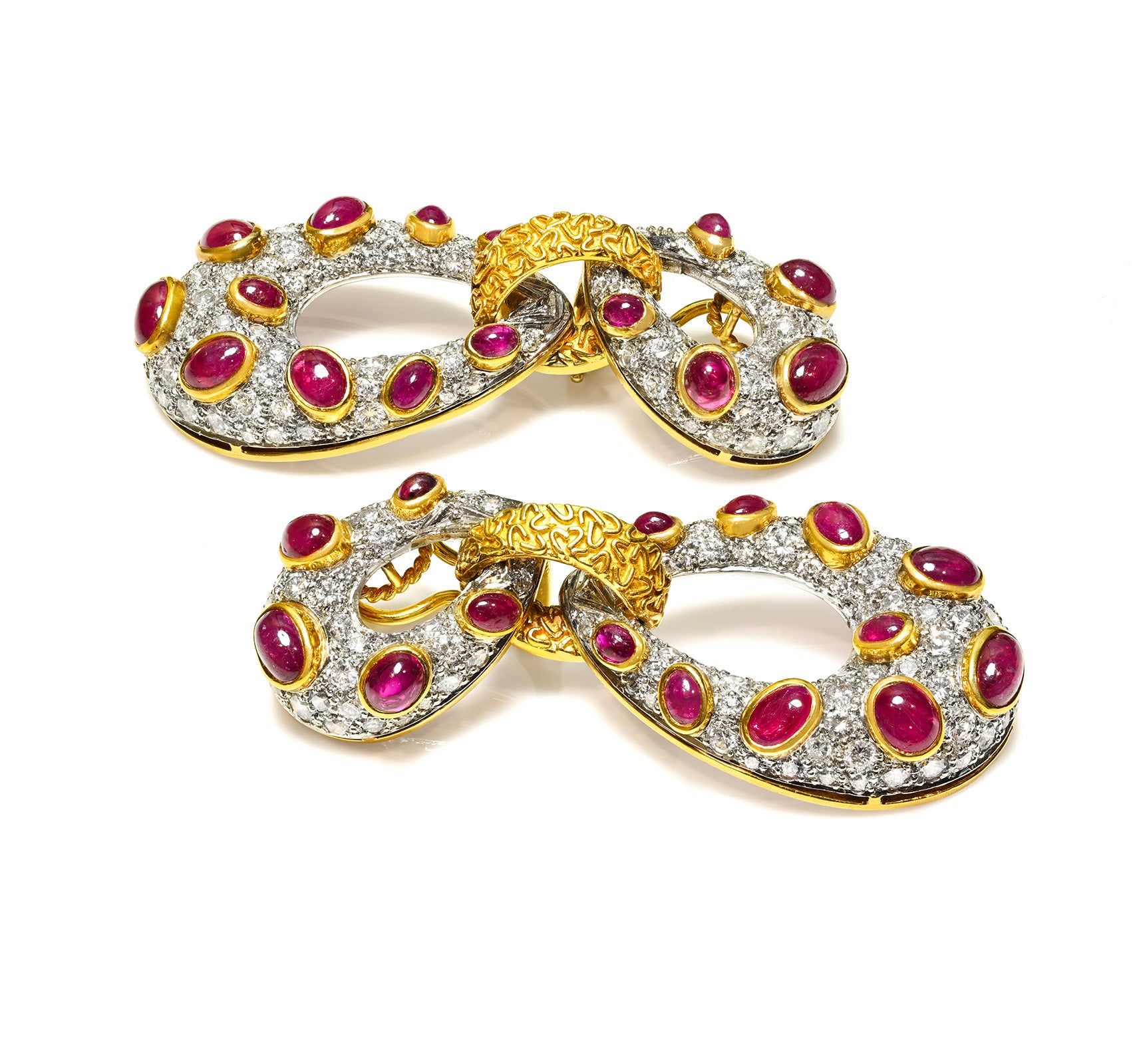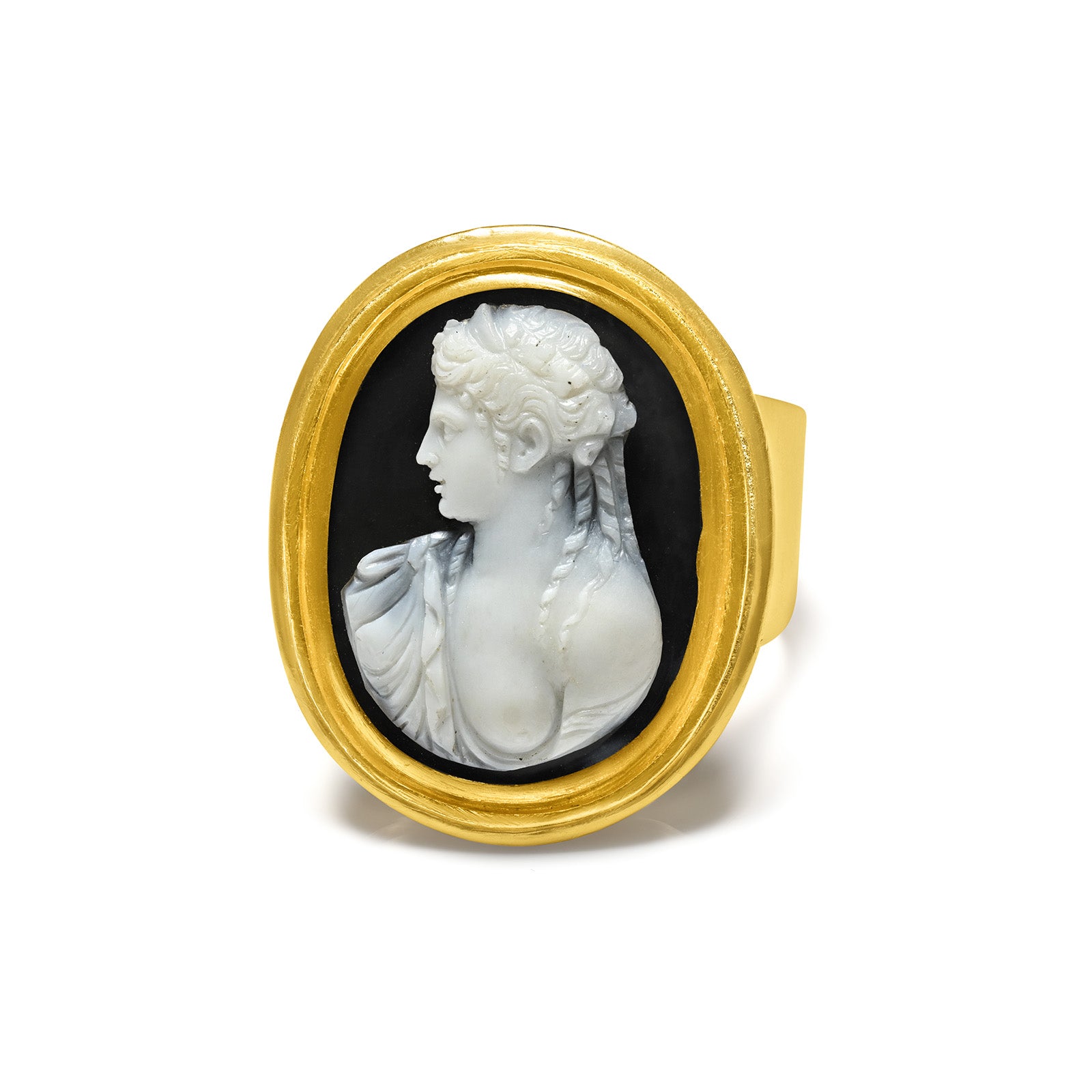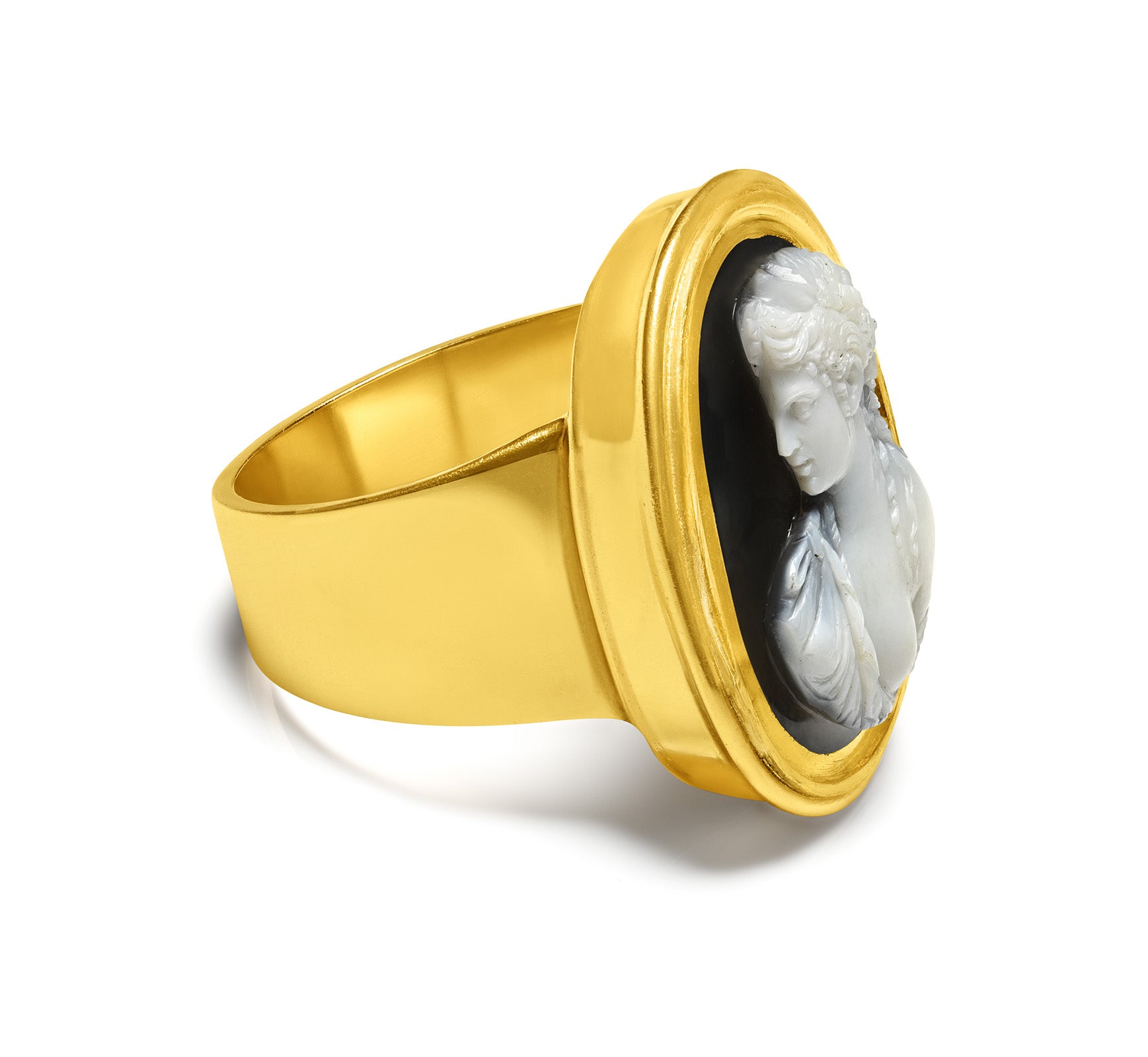The Ring of Venus: A 2,000-Year-Old Roman Treasure Discovered in France
In the 2nd or 3rd century CE, a gold ring featuring the image of the Roman goddess Venus was lost along a road in what is now Brittany, France.
The exact details surrounding the ring’s creation and how it came to rest at a crossroads remain a mystery. Nevertheless, the artifact, along with other similar finds unearthed nearby, provides valuable insights into the region’s ancient history.
Ahead of planned urban development in the commune of Pacé, researchers from the French National Institute for Preventive Archaeological Research (INRAP) excavated a 4.5-hectare site.
According to an official statement, the archaeologists uncovered evidence of human settlements spanning the Late Bronze Age to the early medieval period, suggesting that the area was inhabited continuously for nearly 2,000 years.
Remarkable Discoveries - The Ring of Venus
One of the most extraordinary finds is a gold ring adorned with the Roman goddess Venus, preserved in what researchers described as an “exceptional state of conservation.”
The ring features an engraved nicolo, a type of onyx agate with a thin layer of faint bluish-white over a thicker black layer, as explained by the Metropolitan Museum of Art.
The nicolo engraving depicts Venus Victrix, a representation of Venus emphasizing her connections to imperial power and romantic triumphs.
In antiquity, Venus Victrix inherited her association with military power from Ishtar, the Mesopotamian goddess of war and love, and was often portrayed wearing full armor.
Roman generals frequently invoked Venus Victrix for protection before battle and offered tributes in her honor, as noted by Katie White for Artnet in 2022.
The Evolution of Venus’s Symbolism
By the early 19th century, the symbolism of Venus Victrix evolved to represent different ideals.
A marble statue of Pauline Bonaparte, the sister of Napoleon Bonaparte, depicts her as Venus Victrix and celebrates the goddess’s mastery over love.
The statue portrays Pauline reclining on a couch, nude, while holding an apple—a nod to the Greek myth in which Paris, a Trojan prince, awards a golden apple to Aphrodite, the Greek counterpart of Venus, declaring her the most beautiful goddess.
According to legend, Paris’s decision—and Aphrodite’s promise to reward him with the love of Helen of Troy, the most beautiful woman in the world—ultimately sparked the Trojan War.
Historical Context of the Ring
The recently discovered ring dates back to Brittany’s Roman occupation, which began with Julius Caesar’s conquest of the region in 56 BCE.
During this period, a network of roads facilitated transportation, connecting communities and enabling the use of wheeled vehicles—tracks from which are still visible today.
It was likely on one of these roads that a traveler lost the ring, leaving it to remain hidden for nearly two millennia. By the 7th and 8th centuries CE, Brittany’s community reached its zenith, according to INRAP.
Residents developed a sophisticated infrastructure, dividing land into specific zones for activities such as farming, housing, cooking, and storage.
Archaeological evidence from the site includes cooking pots, storage vases, millstones for grinding grain, and carbonized remains of cereals and legumes, offering a vivid glimpse into the region’s medieval lifestyle.
Other Significant Finds
Among the other remarkable discoveries is a hoard of 12 coins from the Carolingian Empire, which ruled much of Western Europe during the early medieval period.
These coins, dated to the 9th and 10th centuries CE, were buried during a tumultuous era marked by Viking raids that posed significant threats to Carolingian territories.
Although the site itself was abandoned around the same time, Owen Jarus of Live Science notes that “it’s unclear if the settlers’ withdrawal and the deposition of the coins were directly related to Viking raids.”
The mystery surrounding this connection adds another layer of intrigue to the historical narrative unearthed at Pacé.

